by Michael D. Hull
When American soldiers landed in France in June 1944 as part of the great Allied crusade to liberate Europe, they were well trained, fully equipped, and brimming with confidence. But, like their fathers two and a half decades earlier, they were in for a rude awakening at the hands of the seasoned, ruthless German Army. The GIs believed that, man for man, they were better soldiers than their foes and that they had more and better weapons and vehicles. In combat, however, from the tangled Normandy hedgerows all the way to the gates of the Third Reich, the Americans found themselves learning bitter lessons and losing their innate naiveté. With their long range and thick armor, German Tiger tanks would prove throughout the war that one could hold off ten or more M4 Sherman tanks.
Allies Outgunned, Outmaneuvered
As their British and Canadian allies had already learned, the GIs and their officers soon came to respect the resolute fighting qualities of their enemy. they discovered, with considerable chagrin, that although they possessed a greater abundance of weapons, some of these were decidedly inferior to those of the Germans.
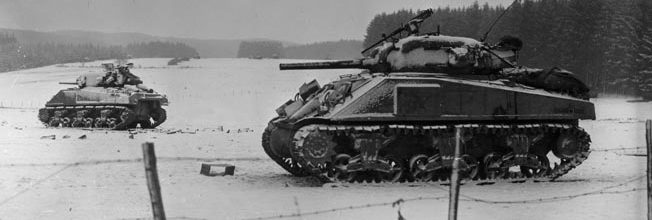
The Wehrmacht’s machine guns and machine pistols had a higher rate of fire, its multiple-barrel mortars were more effective than the Allies’ single-tube weapons, and its self-propelled antitank guns were better.
In terms of armor, the difference was daunting, with German tanks frequently outgunning and outmaneuvering the ubiquitous American medium Shermans and the British Army’s Churchills, Valentines, and Cromwells. The third-ranking German tank was at least the equal of the Allies’ best tanks, and the formidable Tiger, mounting a high-velocity 88mm cannon, was superior to all armor in the European Theater of Operations.
Tiger Tanks Could Withstand a Dozen Sherman Tanks…
The most powerful tank of World War II, a single 67-ton Tiger II could hold up a dozen Sherman tanks, and often did. Known variously as the Tiger B, King Tiger, and Royal Tiger, the Tiger II carried a crew of five, had a 600-horsepower engine and a maximum speed of 21.74 miles an hour, and boasted a cruising range of 105.57 miles.
It could knock out with ease any Allied tank at considerable range, and its armor was so thick (1.58 inches to 7.09 inches) that few British or American weapons could destroy it. Fortunately for the Allies, production of the Tiger II behemoths was constantly disrupted by Anglo-American bombing raids and shortages of raw materials, so only 489 of them had entered service by the time the war ended.
The Tiger II served alongside the Tiger E in heavy tank battalions that were usually at the disposal of panzer corps commanders. Also carrying a crew of five, the Tiger E, sometimes referred to as the Tiger I, weighed 56 tons, had a top speed of 23 miles per hour, and mounted an 88mm L-56 cannon and two 7.92mm machine guns. A total of 1,350 Tiger I tanks were built.
…But They Did Have Disadvantages in Size and Weight
After debuting in the Leningrad sector of the Eastern Front in August 1942, Tiger I tanks continued to serve in Russia for the duration of the war, as well as in Tunisia, Sicily, Italy, and France. As was the case with the Tiger II, the major defects of the Tiger I were its bulk and weight, which inhibited it tactically, and its limited operational range.
Rounds from the U.S. Army’s 57mm anti-tank gun had almost no effect on either the Germans’ 45-ton, 10-foot wide Panther tank or the slope-armored Tigers. The morale of many a U.S. infantryman was severely shaken when watching a Tiger destroy a whole transport column while a supporting Sherman’s 75mm shells bounced harmlessly off it.
Yet, while the powerful German tanks came to be looked upon with great respect by Allied soldiers, their size and weight were disadvantages, as was made patently clear on the Eastern Front and in the Ardennes Forest in December 1944. (Take an in-depth look at the Ardennes, along with conflicts large and small in the pages of WWII History magazine.)
The Mark V Panther Tank
The favorite of German tank crews was the Mark V Panther medium tank with its 75mm cannon. The heavy Mark VI Tiger, measuring 12 feet, 3 inches in width, could not traverse soft ground or use narrow forest tracks. Tank veterans of the cruel Eastern Front scornfully dubbed it the “furniture van.”
When Field Marshal Gerd von Rundstedt’s three panzer armies stormed through the thin American defense lines in the snow-clad, fog-shrouded Ardennes early on Saturday, December 16, 1944, the Nazi juggernaut seemed unstoppable. Many U.S. units abandoned their weapons and vehicles and fled in disarray, while others stood valiantly until overwhelmed.
German Supply Shortages & Mechanical Failures
However, the German thrust aimed at the strategic Meuse River and the vital Belgian port of Antwerp soon lost momentum as the retreating Americans reorganized, gathered strength, and began to hit back. The American response in the Battle of the Bulge, buttressed with a swift and brilliant 90-degree maneuver by General George S. Patton Jr.’s Third Army and support at the Meuse River from British Army units, threw the enemy timetable off.
Hampered by wider and heavier tanks, the Germans found themselves unable to move through the area as speedily as they had in the blitzkrieg of May 1940. Also contributing to the Germans’ failure to exploit their bulge rapidly was a disabling shortage of supplies, particularly fuel, and the limited mobility of their monstrous, gas-guzzling armor. The few Tiger II tanks in the Ardennes were confined to a limited number of main roads and sparse, hard, frozen ground in the thickly forested, ravine-laced region. When any of the tanks broke down or ran out of fuel on the narrow roads, they blocked all other vehicles because the snow and ice-covered verges lay on top of mud into which tracks and wheels sank rapidly.
A Failed German Counter-Offensive
Despite the initial shockwave that rendered the U.S. high command inert for two critical days, the enemy counteroffensive, blunted by epic defensive actions at St.-Vith, Clervaux, Bastogne, and other locations, fell behind schedule. The Germans failed to gain strong protection on their flanks or to secure the road network in Belgium and Luxembourg.
The few good arteries would have to have been seized rapidly—both for German use and to prevent Allied reinforcements from rolling into the area. Four key junctions controlling the network—at St.-Vith, Malmedy, and Bastogne—would have to have been captured and held.
To maintain their offensive timetable, the enemy columns needed to capture the four junctions on the first or second day. This did not happen, so the last major German attack of the war, Adolf Hitler’s final gamble, crumbled, enabling the British, U.S., and Canadian armies to resume their massive push to the Rhine.
Originally Published November 18, 2014
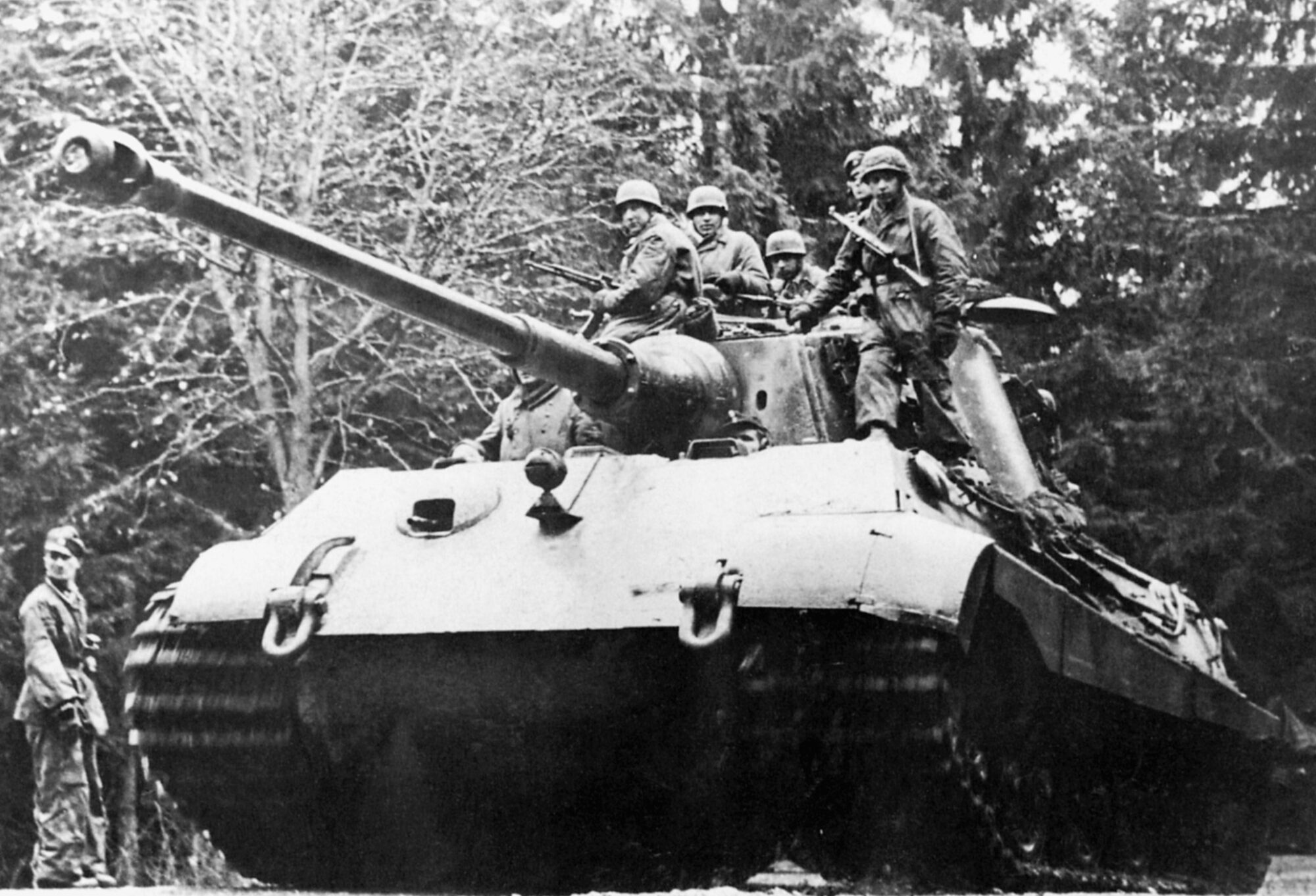
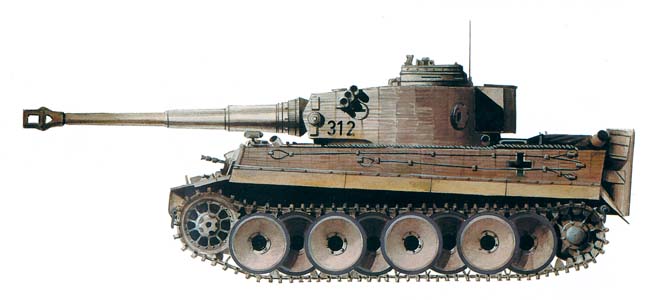
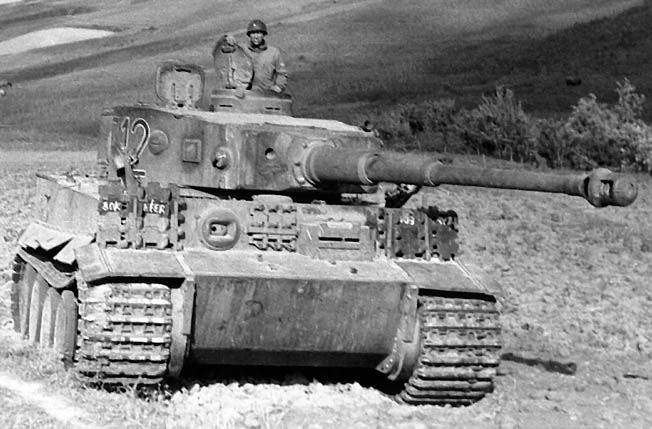
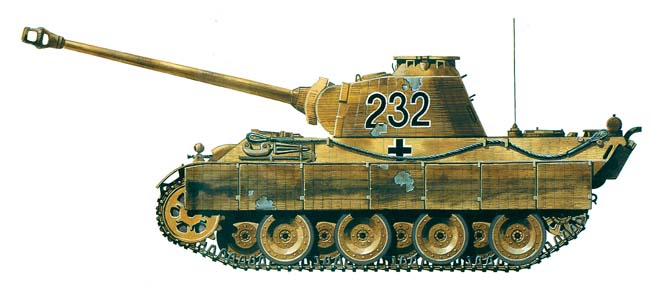

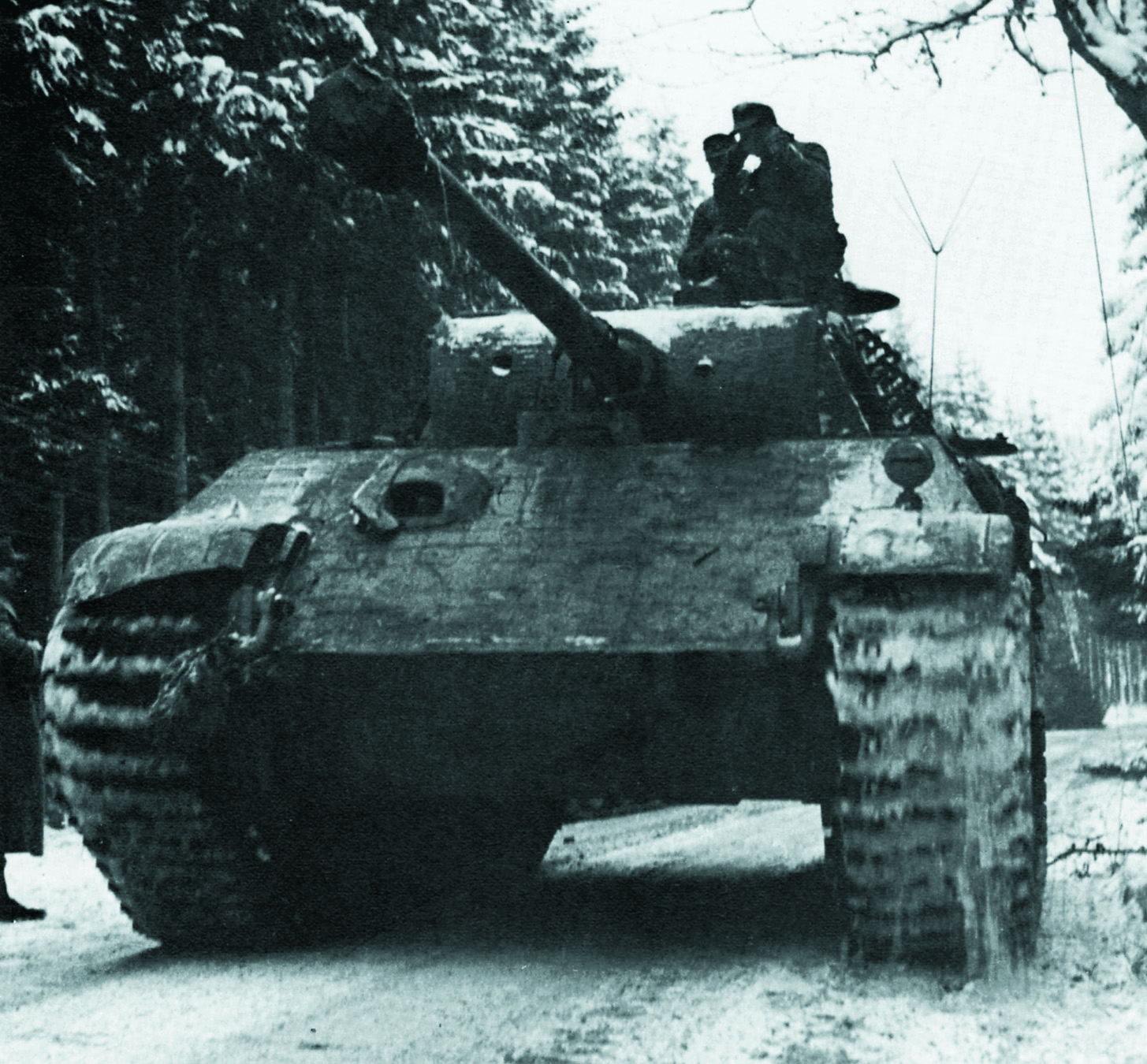
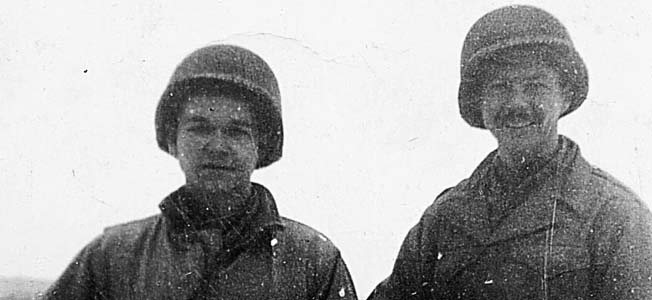
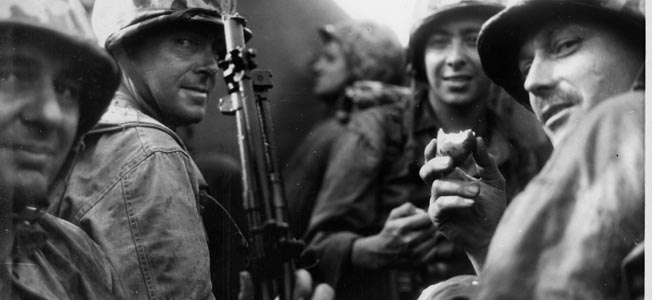
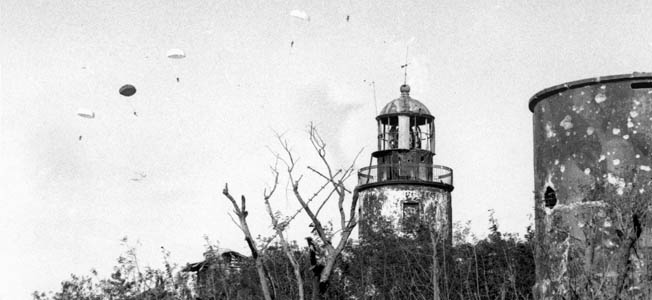
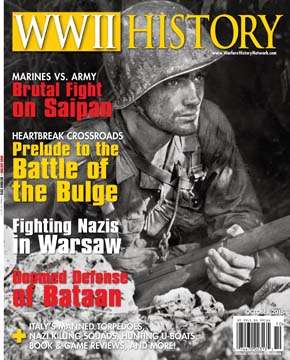
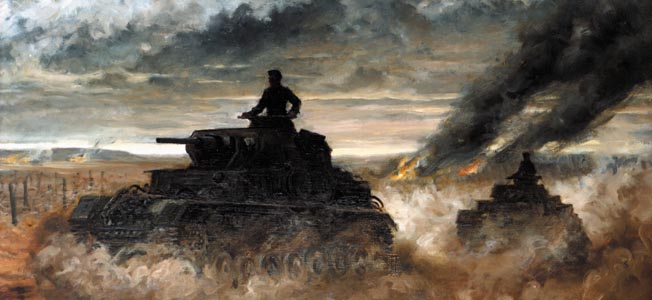
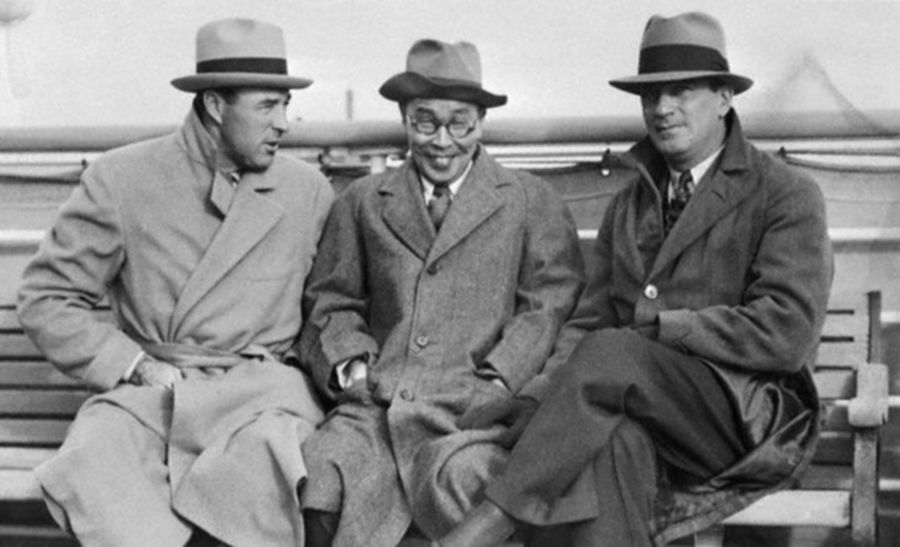
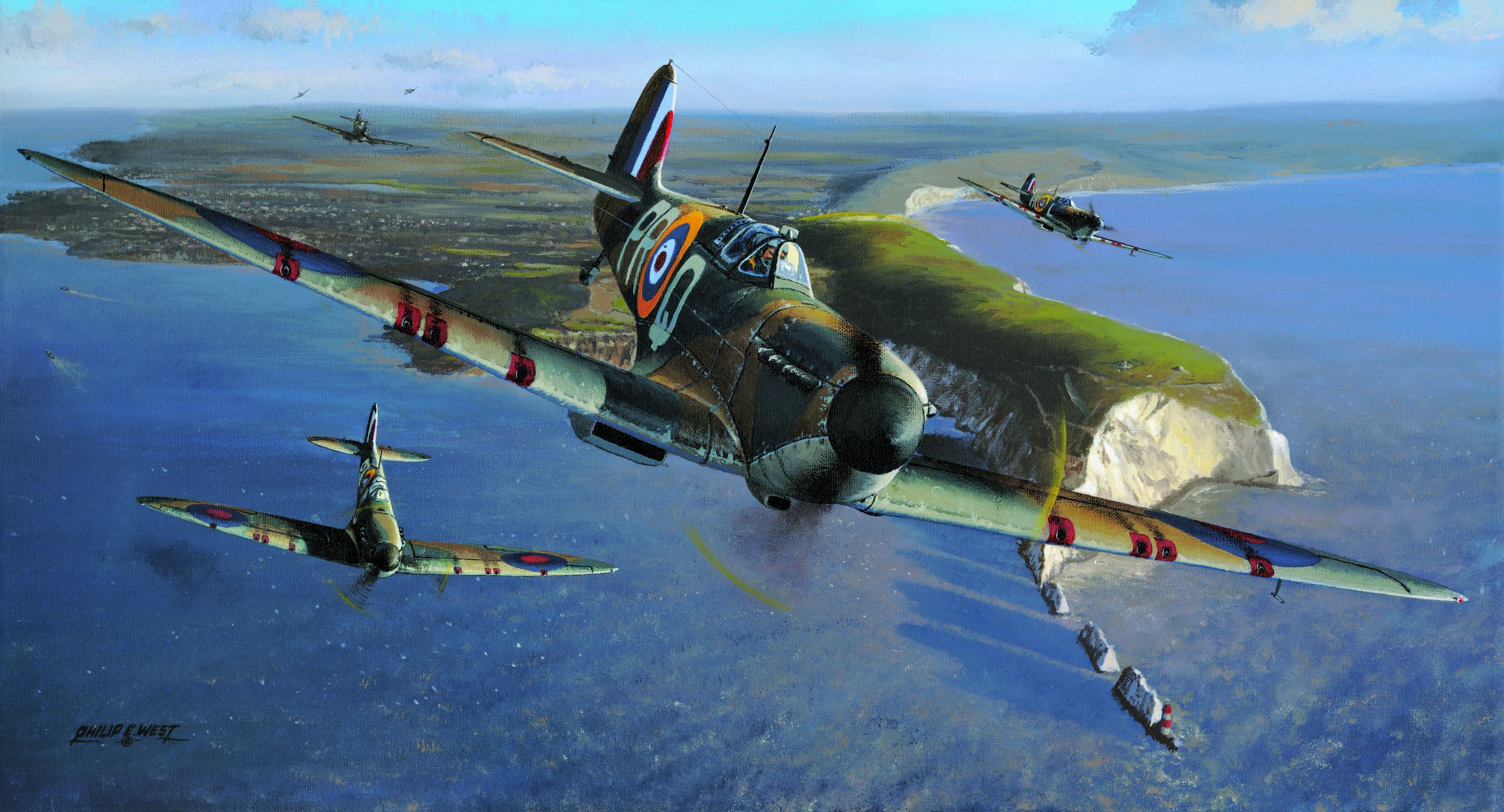
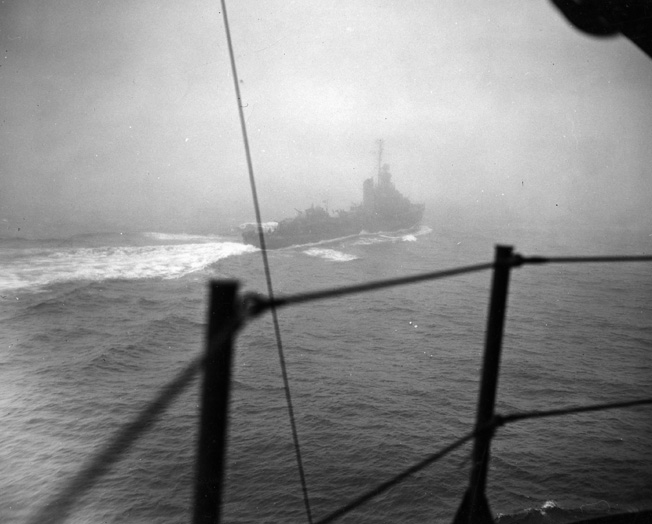
Bunch of nonsense. Tiger V Sherman fights were extremely rare. Russia used Sherman’s, they would be the better judge.
By the middle of 1944 the Soviet Union informed the US that it didn’t want any more Shermans sent via Lend-Lease.
I’m not too sure that is true, read this, he is saying that in mid-to-late 1945 they were still receiving brand new Shermans –
Commanding the Red Army’s Sherman Tanks The World War II Memoirs of Hero of the Soviet Union by Dmitriy Loza
You are also aware that the allies fought Germany in Africa and Italy.
The Germans produced less than 2,000 Tiger I & Tiger II tanks. The Americans produced 50,000 Shermans, plus thousands of tank destroyers. Quantity has a quality all its own.
Always trustworthy articles.
Fair and non ideological only on the military strategic and logistic point of view.
Congratulations
Ricardo
The M-4 through outgunned by the less numerous Tiger1/2 heavy tanks was the 2nd best all-around tank of WW2 it was rugged reliable fast decenlty armored and had a 75mm main gun. making it more than a match for the most common German tank the panzer 4 Ausf H (it comes in close with the T-34 and the only reason I’m putting the T-34 as the #1 all-around WW2 tank is because of the 85mm gun mounted on the later varients)
That’s a very generous appraisal for bothe the M4 & T-34. Got to give it to the Panther which could make mincemeat of both Allied tanks before they could even get near enough to shoot back. My tank crew war vet friends had great respect even for the Mk. IV. They realised that they prevailed almost entirely due to having vastly superior numbers.
yeah, the panthers easily could slaughter any tank on the battlefield whether it be Shermans T-34s Cromwells, or Churchills. also The Panzer IV was the workhorse of the German panzer divisions.
Thank u for ur service..
Not mentioned, but vastly vital to ANY armored movement, is the effect of air superiority. During some of the most crucial battles & events leading to the shift of strategic advantage, air power, attack fighter bombers & reconnaissance aircraft provided the edge for forces on the attack or defense. The initial success of the German forces in the “Battle of the Bulge” was due to the failure of Allied reconnaissance analyst’s to detect & interpret German forces build-up in the area, the “shock & awe” of the quick & powerful German thrust, Allied commanders stationing battle weary & new, unbloodied units in this sector & a general belief that the Germans were “on the ropes”, thus just shy of capitulation. The weather also provided a great shield for the German forces by grounding Allied reconnaissance, attack, bomber & aerial resupply efforts. Both sides were desperate, but the desperation for the Germans deepened quicker & longer than the Allied forces, whose retreat & strategic defenses stymied & defeated the overtaxed Germans. Logistics logistics logistics!
Yeah , Patton had messaged them up there that they were not doing anything … Expect an attack .
I am perplexed as to why the US Army didn’t rely more on white phosphorus ammunition, fired into the tracks, and lower areas of the tanks, so as to destroy the undercarriage, and set fire to the engine area, instead of trying to defeat the front armor, which they knew they couldn’t do.
If they knew their shells would only bounce off the turret or front shield of the enemy tank, why wouldn’t they just shoot at the weaker sides, or rear – and especially the back plates and engine area, which they could surely penetrate.
I am bewildered as to why any tanker would ever aim at the turret of an enemy tank, knowing he would surely be thwarted, because his shot would simply bounce off.
However, all tanks are extremely vulnerable in the undercarriage, or the treads, and these are like sitting ducks, and easily mangled by a high explosive, and especially a WP round, which would set it afire.
In Germany, I was in the 76th Tank Battalion, and we had M-48s, with 90mm guns.
On the firing range, I remembered seeing a training film, where you could flip the turret on a tank, if you caught it squarely on the turret ring.
They had set up brand new WWII era M4s, as targets, and we were firing from 1500 yards.
We had amazing range-finders on our M-48s, and I had mine sighted in dead perfect.
I fired at the turret ring on an M4, and sure enough! That turret flipped right off, and actually bounced, upside-down, and I sat there totally slack-jawed, realizing that probably no one would believe what I had just done.
Just one more comment on the same subject:
When you think about it, it takes a small miracle to even think about penetrating a tank turret, especially from any considerable distance, because you’d have to hit it pretty much square, and if you had a relatively weak round – say, 75mm, and the turret walls were sloped, and thick, your chances are slim to none.
On the other hand, tank treads and roller wheels and tension arms are all very fragile, and completely exposed, and can be pretty easily mangled – especially with an HE round.
And so, it makes all the sense in the world to shoot for the undercarriage, with both HE and WP rounds, to disable the tank and set it afire, to leave it helplessly floundering about, unable to move, and burning to a crisp.
And, it wouldn’t take very long for the whole shebang to explode sky-high, which would be ever so much more effective than a clean hit with an AP round, that did penetrate the shell.
Alan,
It is very difficult to engage the suspension system of a tank because at normal ranges you just can’t see that area of a tank. Remember, tankers always try (try!) to stay low and orient their front slope to the enemy.
WP was “The School Solution” ( or at least one of them) It would blind the crew, it may cause them to believe they are on fire, and it may give the Sherman crews an opportunity to maneuver for a shot. However, armor combat is not a gladiatorial bout between two contestants! American strength was numbers, artillery, airpower, and logistics.
The US Army in World War II very rarely faced Tiger Tanks if you believe Moran over on Chieftain’s Hatch. The most common tank was the PzKw IV, followed by the Panther.
I was in armor for 16 years, M60A1s, M-1s, and I commanded an M60A3 tank company, I also spent 4 years in Field Artillery Fire Direction as an enlisted soldier.
Mike
There were no tiger tanks in the battle of the bulge. Author and article are absolute turnips.
IIRC Peiper had some Tiger IIs in his column. He put them in the rear because they had mechanical issues, they consumed a lot of fuel, and they were just to heavy to cross some of the bridges. There is a Tiger II on display at La Gleize, Belgium. The funny thing about that tank is it has a 75 mm gun on it from a Panther Tank which replaced its 88 mm gun that was damaged during the War.
This article has numerous historical errors in it, for example there was only two German Tank Armies in this battle not three, the 5th and the 6th. The US high command was not paralyzed for two days, in fact Eisenhower immediately ordered two US Armor Divisions into the battle area. There are other errors, but I would have to print out the article and list them all and then correct them, but I don’t have the time right now.